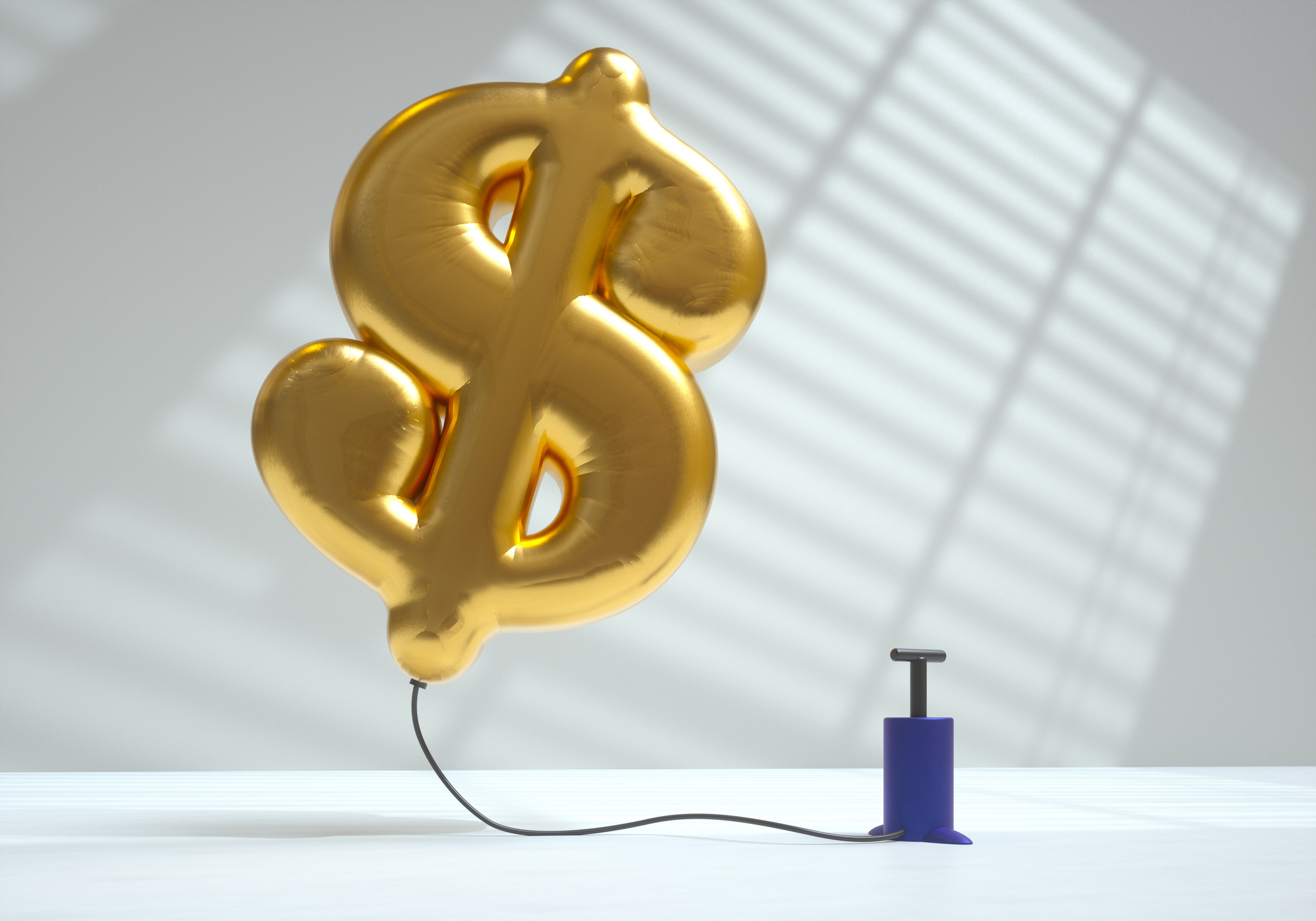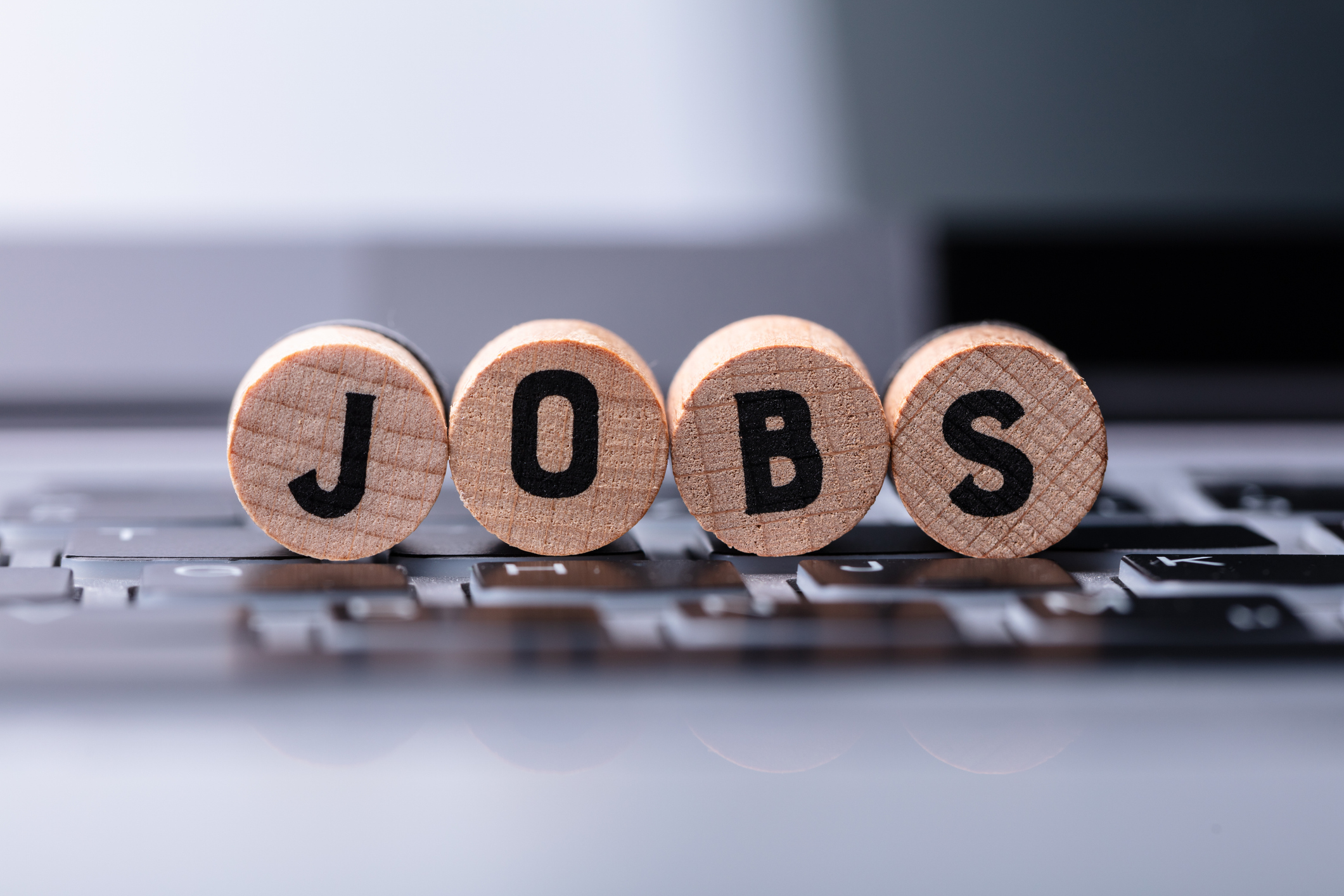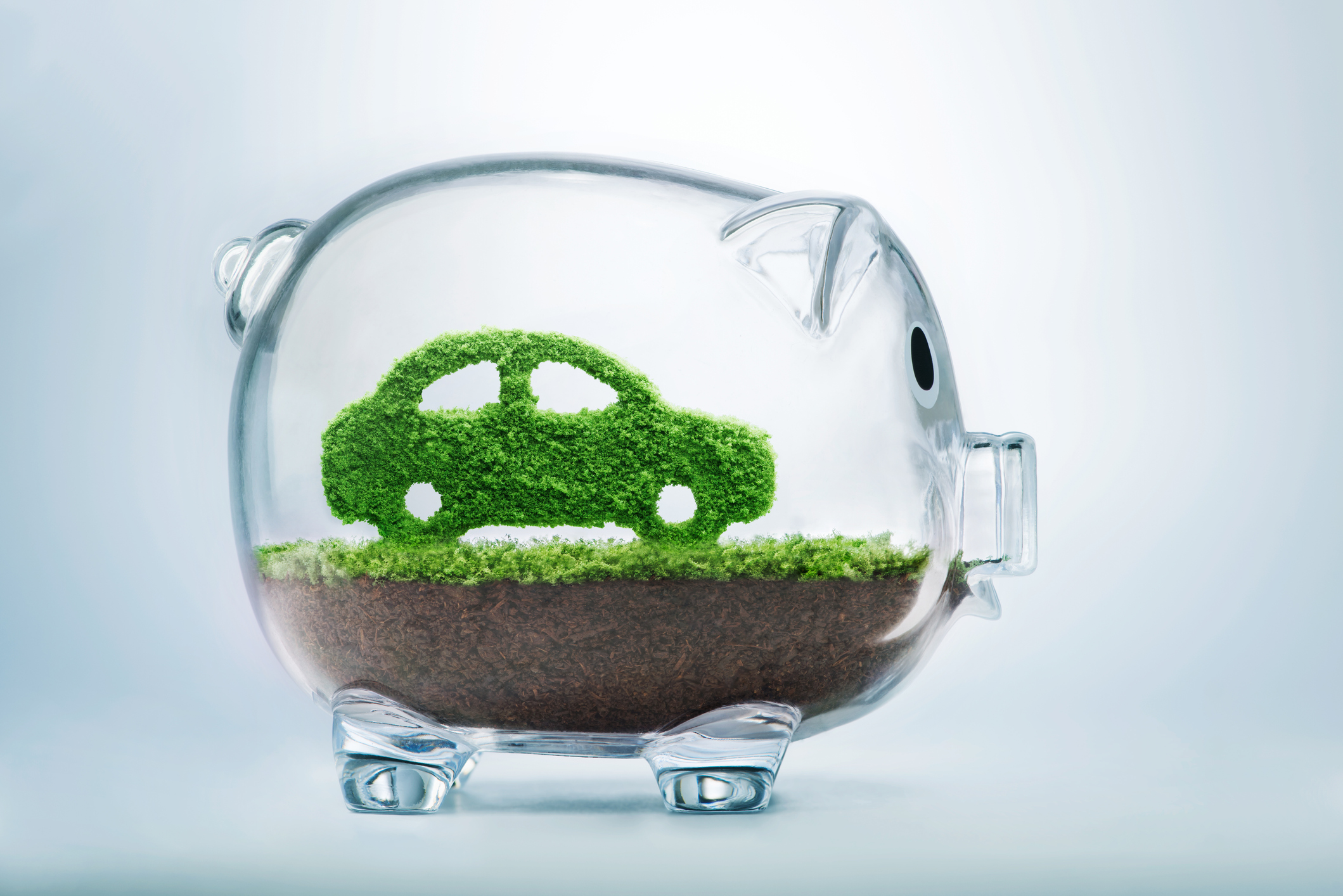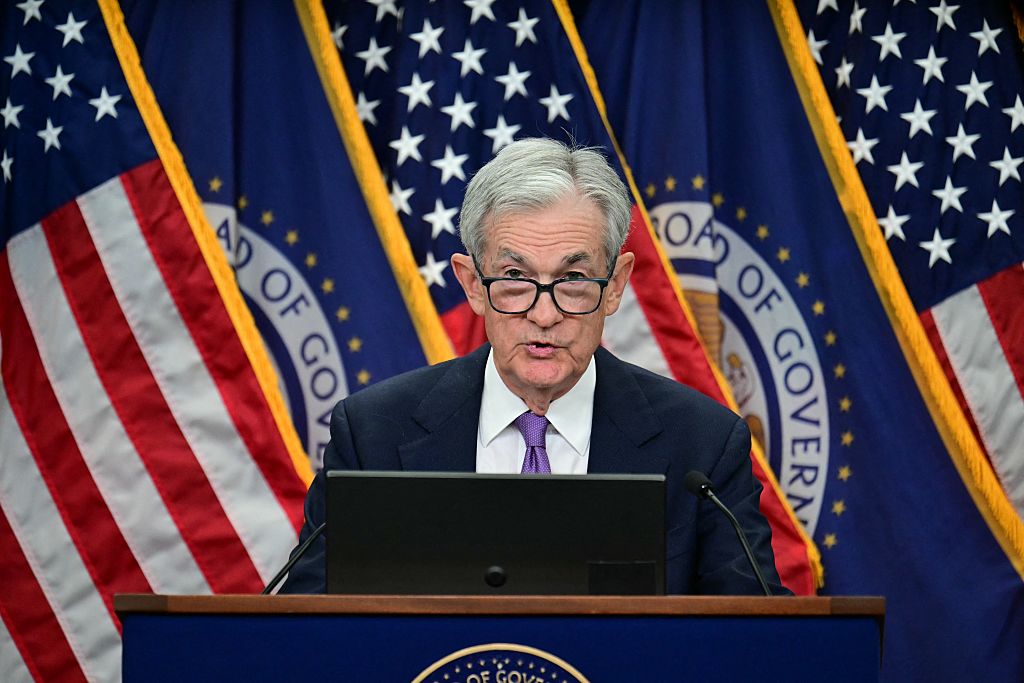Kiplinger GDP Outlook: Look for Moderate 2% Growth in 2026
Expect the economy to expand at a decent but not rapid pace over the next couple of years.

Kiplinger’s Economic Outlooks are written by the staff of our weekly Kiplinger Letter and are unavailable elsewhere. Click here for a free issue of The Kiplinger Letter or to subscribe for the latest trends and forecasts from our highly experienced Kiplinger Letter team.
GDP grew a very strong 4.3% in the third quarter of 2025, boosted by consumers who continue to spend freely, by continued investment in artificial intelligence, and by the resumption of growth in exports and federal government spending. These positives countered continued weakness in housing and nonresidential construction.
Fourth-quarter growth should be weak, though. Consumer and business spending will pull back to some degree, after rising earlier in the year to get ahead of Washington’s new tariffs. Motor vehicle sales in particular will come in lower, given the surge in the third quarter. Of course, government spending will be affected by the federal shutdown. Government employees will receive back pay, but government contractors will not, unless they were on previously funded projects. But one positive is that strong stock market gains this year should keep wealthier consumers spending freely.
From just $107.88 $24.99 for Kiplinger Personal Finance
Become a smarter, better informed investor. Subscribe from just $107.88 $24.99, plus get up to 4 Special Issues

Sign up for Kiplinger’s Free Newsletters
Profit and prosper with the best of expert advice on investing, taxes, retirement, personal finance and more - straight to your e-mail.
Profit and prosper with the best of expert advice - straight to your e-mail.
Moderate 2% growth is here to stay for a while. 2025 total annual growth will be around 2.1%, because the annual growth figure is measured from 2024’s midpoint through mid-2025. We expect this moderate growth trend to continue through 2026 and 2027.
Trade deals with various countries have reduced the uncertainty that exporters and importers face, but if businesses can now plan better, they may pass on more of their tariff costs to customers. The effective tariff rate on imports is now around 15% across all goods. Higher rates are being imposed on commonly imported items, such as home furnishings, toys, sports equipment and the like, but have not had a large impact on the Consumer Price Index yet. Price increases on motor vehicles will likely be coming later as inventories of pretariff imported vehicles run low.
Tariffs will not cause a broader recession in the economy. Consumers are still keen to spend, despite low consumer sentiment in surveys. Expected large tax rebates during tax filing season in February and March will also help. However, growth in consumer spending will be constrained by a slowdown in personal income growth that has already begun, and by slower growth in stock market gains after three strong years. It seems likely that consumer saving rates will start to edge up after dropping in September to 4.0% of income, almost a three-year low.
Source: Department of Commerce: GDP Data
Read more
Profit and prosper with the best of Kiplinger's advice on investing, taxes, retirement, personal finance and much more. Delivered daily. Enter your email in the box and click Sign Me Up.

David is both staff economist and reporter for The Kiplinger Letter, overseeing Kiplinger forecasts for the U.S. and world economies. Previously, he was senior principal economist in the Center for Forecasting and Modeling at IHS/GlobalInsight, and an economist in the Chief Economist's Office of the U.S. Department of Commerce. David has co-written weekly reports on economic conditions since 1992, and has forecasted GDP and its components since 1995, beating the Blue Chip Indicators forecasts two-thirds of the time. David is a Certified Business Economist as recognized by the National Association for Business Economics. He has two master's degrees and is ABD in economics from the University of North Carolina at Chapel Hill.
-
 The Wealth Equation: Balancing Money and Stress
The Wealth Equation: Balancing Money and StressSponsored Don’t let assets be a liability that strains your family.
-
 Is Your Emergency Fund Running Low? Here's How to Bulk It Up
Is Your Emergency Fund Running Low? Here's How to Bulk It UpIf you're struggling right now, you're not alone. Here's how you can identify financial issues, implement a budget and prioritize rebuilding your emergency fund.
-
 Guide to How All-Assets Planning Offers a Better Retirement
Guide to How All-Assets Planning Offers a Better RetirementAn "all-asset" strategy would integrate housing wealth and annuities with traditional investments to generate more income and liquid savings for retirees.
-
 Special Report: The Future of American Politics
Special Report: The Future of American PoliticsThe Kiplinger Letter The Political Trends and Challenges that Will Define the Next Decade
-
 The November CPI Report Is Out. Here's What It Means for Rising Prices
The November CPI Report Is Out. Here's What It Means for Rising PricesThe November CPI report came in lighter than expected, but the delayed data give an incomplete picture of inflation, say economists.
-
 The Delayed November Jobs Report Is Out. Here's What It Means for the Fed and Rate Cuts
The Delayed November Jobs Report Is Out. Here's What It Means for the Fed and Rate CutsThe November jobs report came in higher than expected, although it still shows plenty of signs of weakness in the labor market.
-
 What to Expect from the Global Economy in 2026
What to Expect from the Global Economy in 2026The Kiplinger Letter Economic growth across the globe will be highly uneven, with some major economies accelerating while others hit the brakes.
-
 December Fed Meeting: Updates and Commentary
December Fed Meeting: Updates and CommentaryThe December Fed meeting is one of the last key economic events of 2025, with Wall Street closely watching what Chair Powell & Co. will do about interest rates.
-
 The Delayed September Jobs Report Is Out. Here's What It Means for the Fed
The Delayed September Jobs Report Is Out. Here's What It Means for the FedThe September jobs report came in much higher than expected, lowering expectations for a December rate cut.
-
 Shoppers Hit the Brakes on EV Purchases After Tax Credits Expire
Shoppers Hit the Brakes on EV Purchases After Tax Credits ExpireThe Letter Electric cars are here to stay, but they'll have to compete harder to get shoppers interested without the federal tax credit.
-
 October Fed Meeting: Updates and Commentary
October Fed Meeting: Updates and CommentaryThe October Fed meeting is a key economic event, with Wall Street turned into what Fed Chair Powell & Co. did about interest rates.